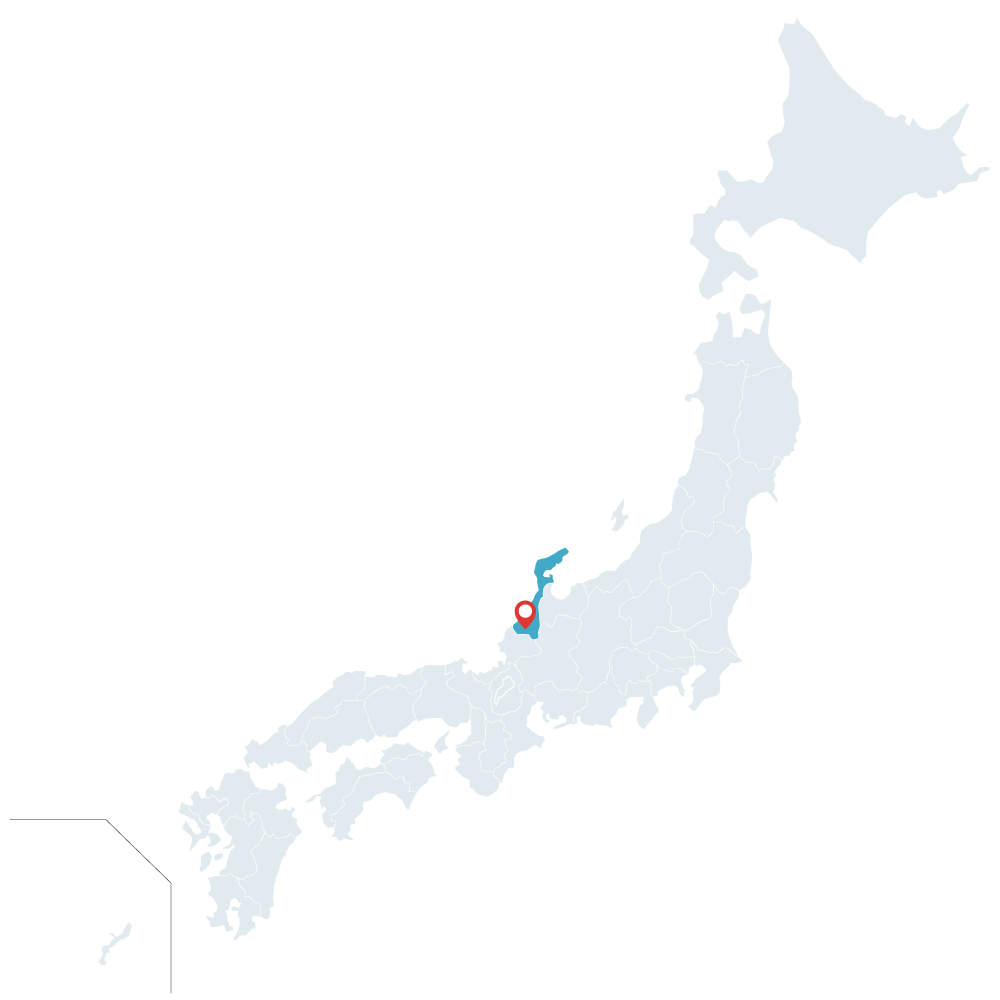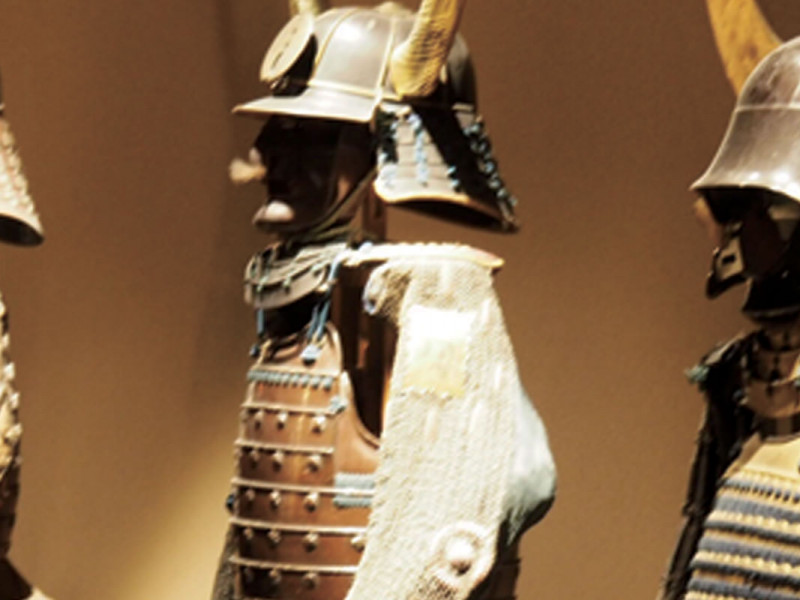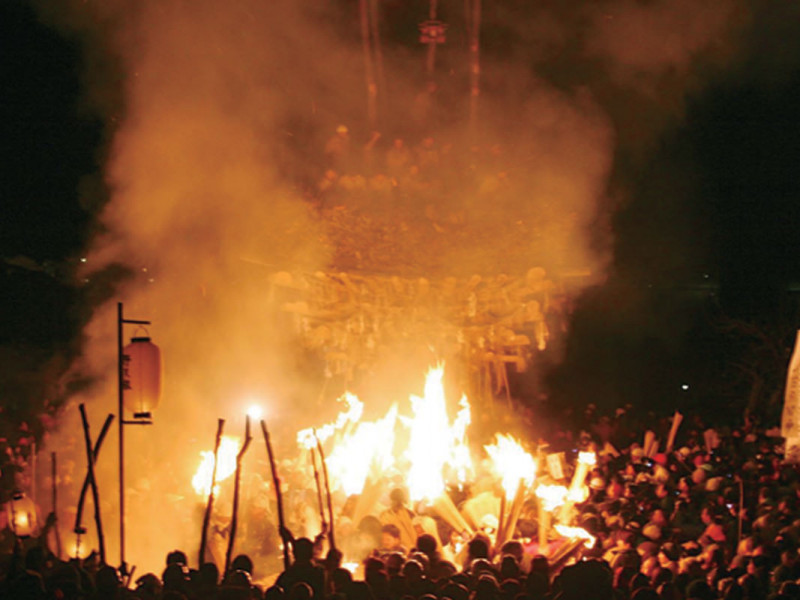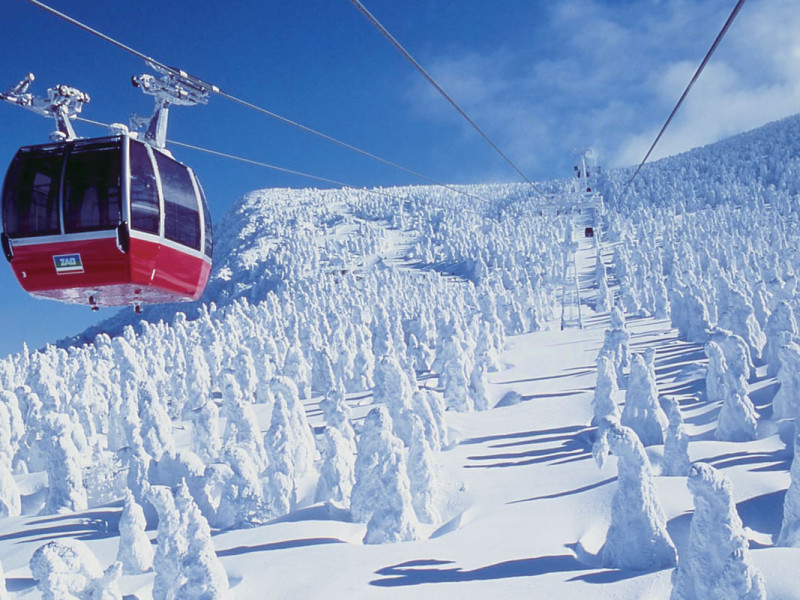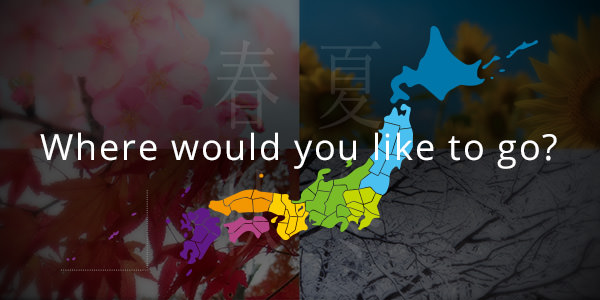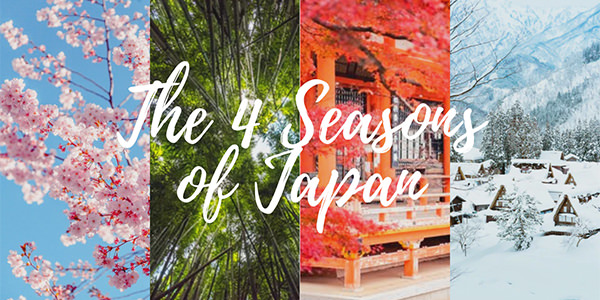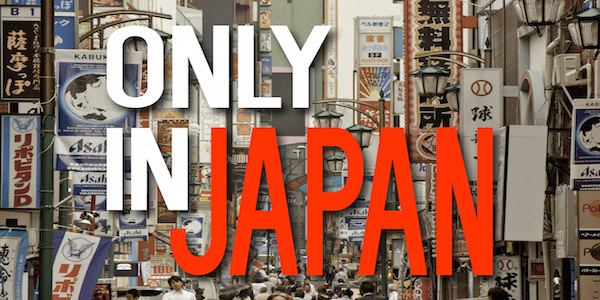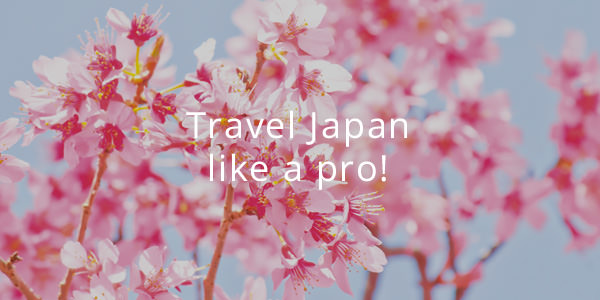Castle town charm, and gastronomic delight
Kanazawa was founded amidst the storm of famine, rebellion and civil war that raged during sixteenth-century Japan, and richly matured as a castle town to become one of the most influential cities in the country.
A patchwork of gently undulating plateaus marked out by the Sai and Asano rivers, flowing down from the towering peaks to the south-east into the nearby Sea of Japan, Kanazawa was originally the site of a fortress established by followers of the Jōdō-Shinshū Buddhist sect in 1546. By 1583, they had been ousted by warlord Maeda Toshiie from the Noto Peninsula, who was the first of 14 generations of the Maeda family to rule from what had become Kanazawa Castle.
With its keep rising gracefully above the seasonal splendour of Kanazawa Castle Park and Kenrokuen Garden, the castle remains an icon of the city, and a centrepiece of its cultural heritage area.
Exploring Kanazawa’s cultural heritage area
Kenrokuen Garden and the three teahouse districts that comprise Kanazawa’s cultural heritage area blossomed after the completion of the 11-kilometre Tatsumi Canal in 1631, a groundbreaking feat of engineering for its time.
Transporting water into the heart of Kanazawa Castle via a long underground tunnel, Tatsumi Canal is still vital to the city as the source of the beautiful streams, ponds and waterfalls in Kenrokuen Garden.
Kanazawa now has more than 50 canals covering a distance of some 150 km, interspersing the city with a natural ambience that makes it a pleasure to explore.
Running throughout the surrounding teahouse districts of Higashi Chaya, Nishi Chaya and Kazue-machi, the soothing, meditative flow of water blends seamlessly into the shuffle of the kimono-clad geiko entertainers, framed by richly-stained wooden facades, gently curving eaves and the rugged mountain peaks on the horizon.
The allure of Kanazawa’s gold leaf
Kanazawa’s cultural heritage area also offers visitors the opportunity to join a variety of exciting art and craft workshops, an excellent way to go behind the scenes and find out why the city is not just famous as one of Japan’s best examples of traditional culture – it’s also recognised as a UNESCO City of Crafts and Folk Art.
One of the must-try workshops is applying gold leaf, an iconic product of Kanazawa’s artisans that features on precious historic, cultural and religious sites around Japan like the Golden Pavilion in Kyoto, and the Toshogu Shrine in Nikko. Archaeological relics unearthed from ancient Japan have also been found to contain gold leaf from Kanazawa, which renowned for its fine, confetti-like consistency and durability, accounts for almost the entirety of gold leaf produced in Japan. Join a workshop to decorate a variety of beautiful, practical designs, and experience the amazing sight of a craftsman turning a nugget of gold the size of a 10-cent piece into a 1 mm-thick, 1.5 m-square sheet!
Celebrating Ishikawa’s winter harvest in Kanazawa
Yellowtail amberjack, crabs, blackthroat sea perch, sweet shrimp and oysters harvested from the Sea of Japan are some of the biggest highlights of the bounty that winter brings in Kanazawa. Local restaurants and bars celebrate it every February with seasonal menus and special events for the Foodopia Kanazawa festival, an excellent introduction to best of the city’s cosmopolitan gastronomic culture. As a long-established centre of samurai tea ceremony, it is fitting that Kanazawa is also one of Japan’s three most renowned cities for wagashi, the beautifully crafted sweets that are an essential accompaniment to it. Other local delicacies to try include Noto beef, a heavily marbled, melt-in-the-mouth boutique Wagyu breed from the Noto Peninsula, which is also famous for the exceptional quality of its sake.
Learn more
KANAZAWA LOOP BUS & KENROKUEN GARDEN SHUTTLE
Two handy services covering Kanazawa’s cultural heritage area:
http://www.hot-ishikawa.jp/english/travel-tips/transportation.html
Official Ishikawa Travel Guide:
http://www.hot-ishikawa.jp/english/magazine.html

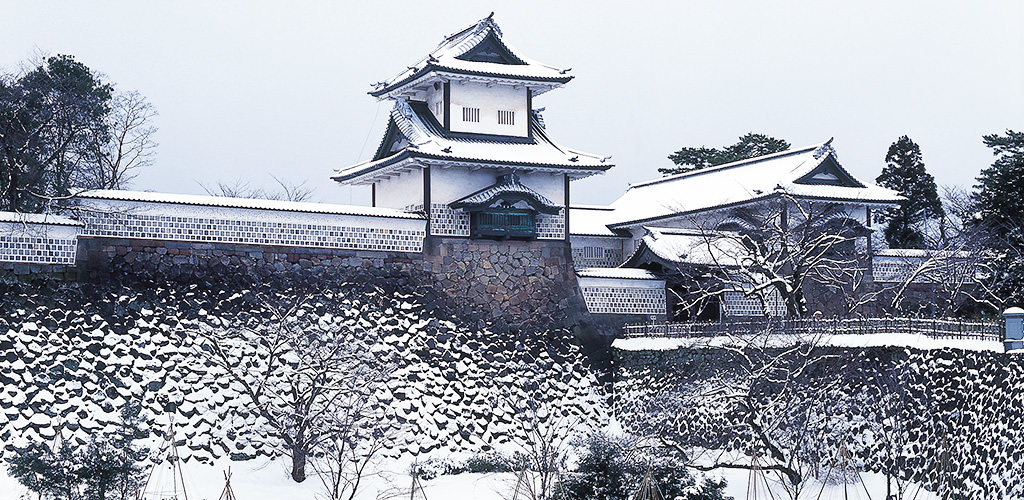
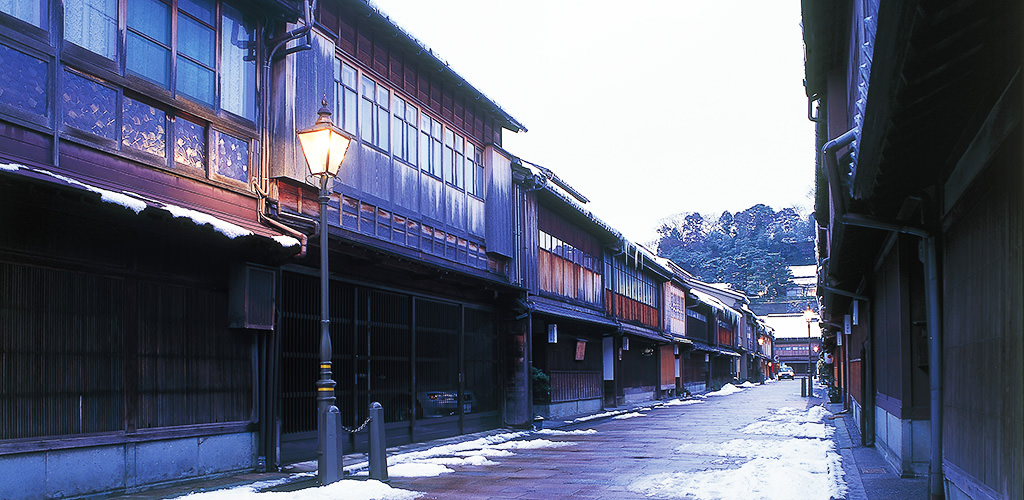
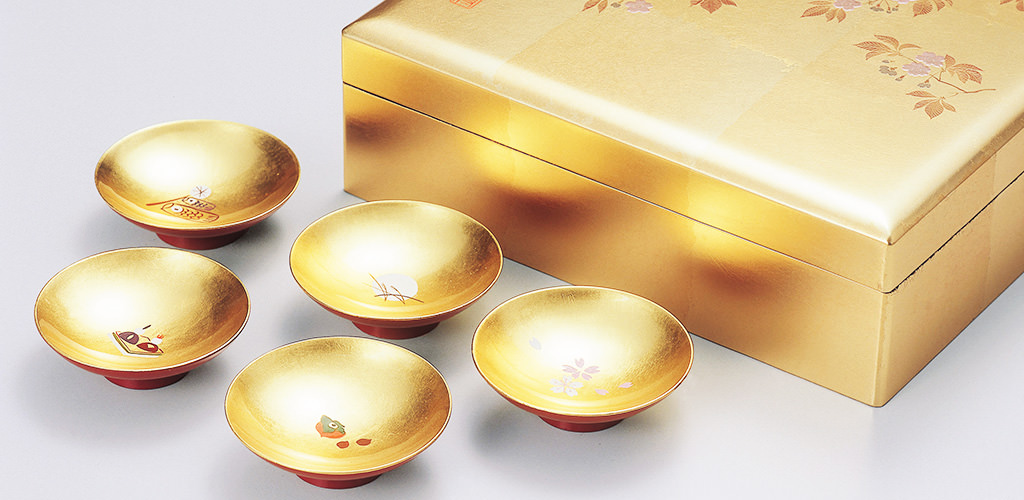
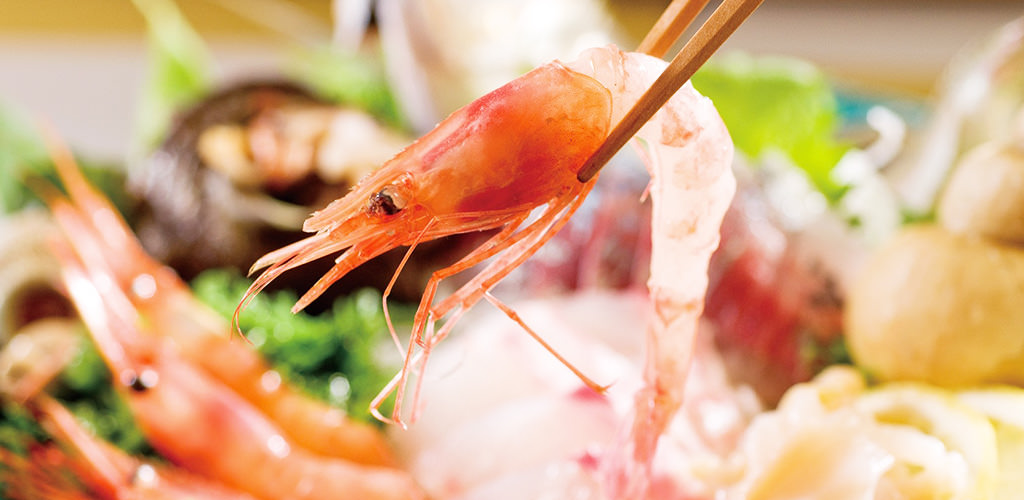
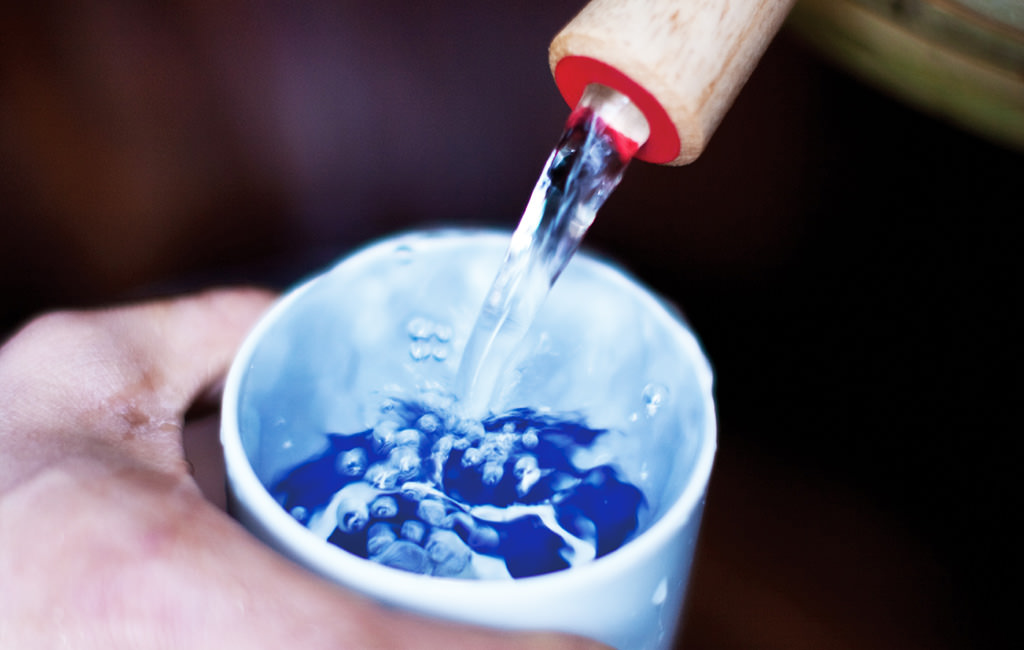
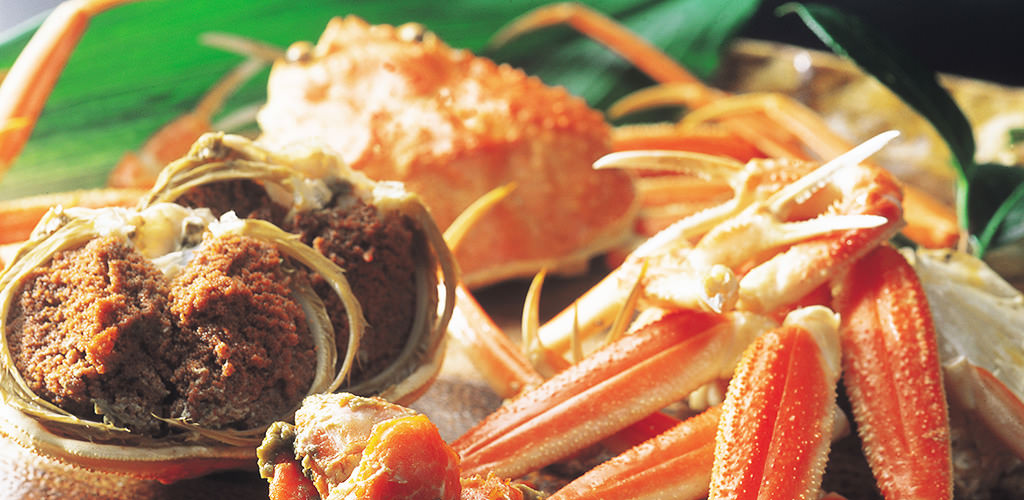

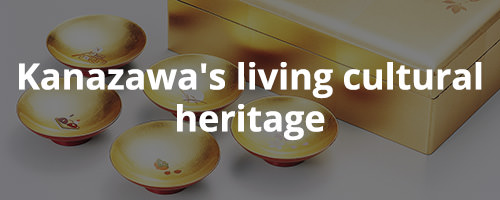

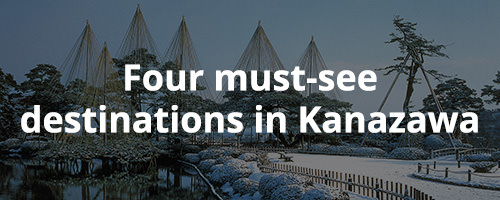
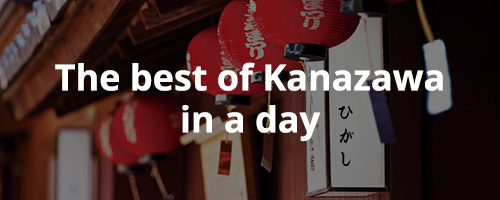
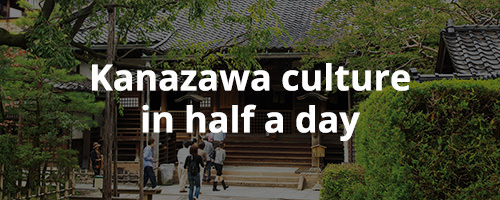
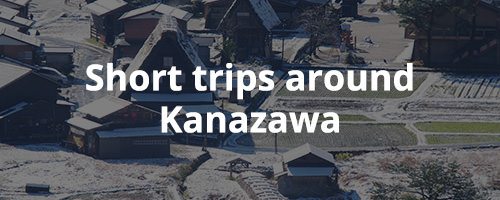
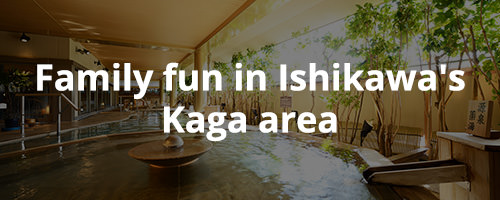
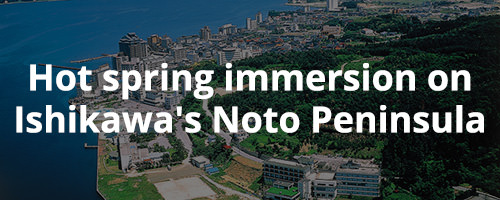
 | Temperature: 21
| Temperature: 21